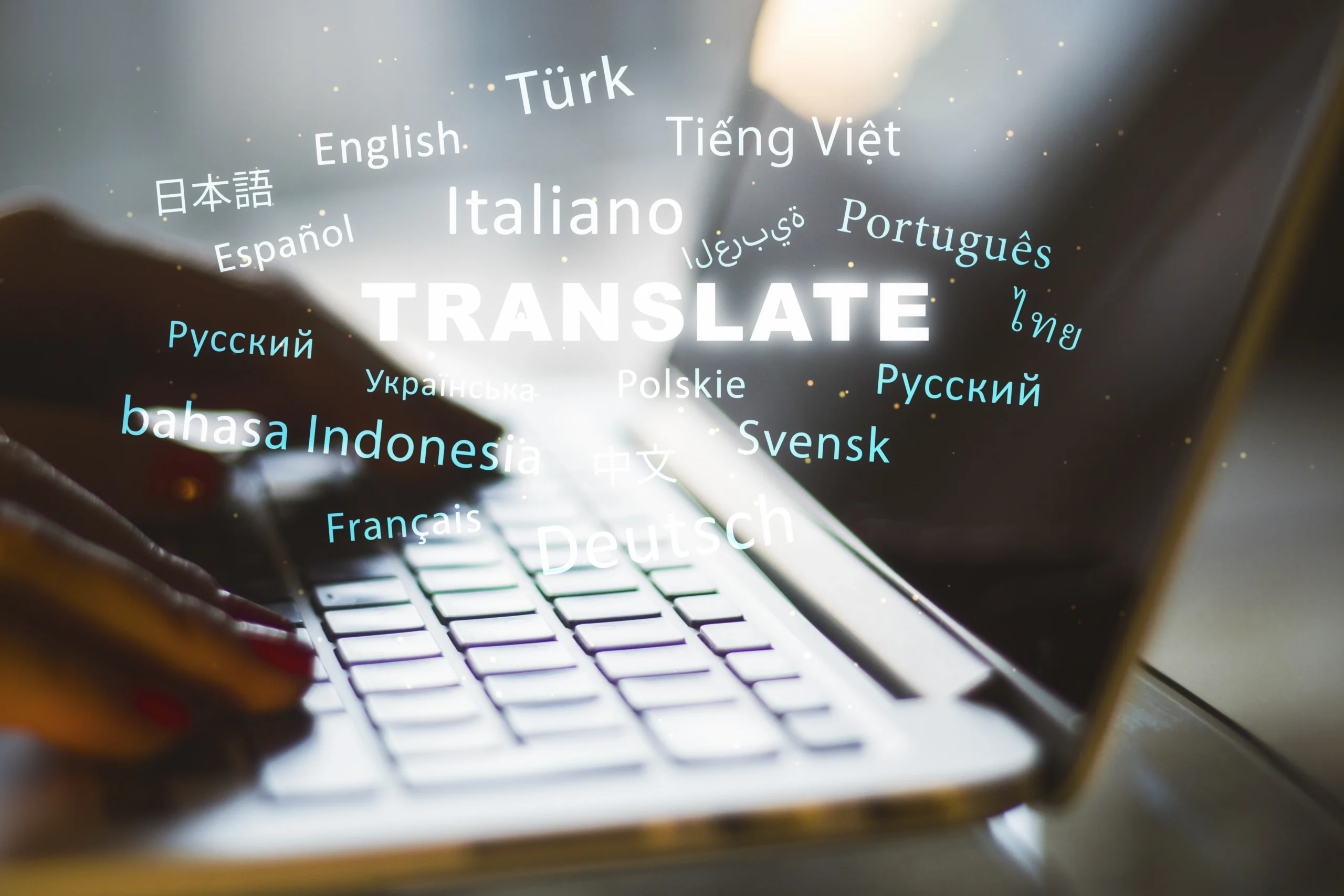We asked Google Gemini to generate an image of a construction site and the unbranded excavator it featured looked very much like a Caterpillar. Is this the ultimate branding victory or a dangerous slide into genericism and risk?
It was a simple prompt: “Generate an image of a modern construction site featuring an excavator.” The AI delivered a highly polished scene that looked very much like one you’d see in an excavator product brochure. The machine was unbranded, yet we, with our construction equipment marketing experience – and likely anyone in the earthmoving industry – would instantly identify it as a Caterpillar.
Our first reaction was a professional appreciation for the sheer power of the Caterpillar brand. To have your image so deeply embedded in the collective consciousness that an AI considers it the default visual – the very definition of that product category – is a remarkable achievement decades in the making.
It’s the visual equivalent of being the top cited source in a text-based AI answer – a sign of online authority that we’re helping clients build through generative engine optimisation (GEO). We’re calling it ‘visual GEO’.
Based on the same principles, it comes from having a strong, consistent and easily recognisable design language, learned by AI from a vast library of high-quality and well-labelled product images across the internet, including in trusted third-party media such as construction trade magazines.
But as we reflected more on this, it opened up a series of issues and questions that we don’t yet have the answers to.
The dual-edged sword of design
The first question is: how closely are marketers and product developers collaborating on shape, colour, markings, and features to turn physical design into a brand asset? Having a brand that’s recognisable even without a logo is an extremely powerful position to be in and makes designers and engineers in effect brand managers too. And what does that visual language communicate – reliability, modernity, sophistication?
However, distinctiveness also carries the risk of genericisation. For example, we don’t vacuum the floor, we ‘Hoover’ it. When a brand becomes the generic standard, does it become less distinctive and stand out less in the market? As an AI generates thousands of images of excavators that all borrow from Caterpillar’s visual DNA, does this dilute the very distinctiveness the company worked so hard to build? The line between being the category leader and being a generic template can become very thin.
The democratisation of image manipulation
Perhaps most critically, there’s also the risk of manipulation to that brand image. Of course, brands have always been vulnerable to misuse, and it is an issue we’ve come across and helped manage for one particular client at SE10 whose logo was manipulated.
While in the past that required a degree of skill in Photoshop, anyone today can ask AI to edit your image in pretty much any way they can imagine with just a text prompt. Moreover, if your product design becomes the go-to for AI image generation tools, it becomes the one most likely to be used in a misleading, negative, or unethical context.
Brand management becomes no longer just about managing a finite number of images but attempting brand protection and crisis management when faced with a potentially infinite number of AI-generated images.
A new kind of brand stewardship
On one hand, the benefit of being the AI’s visual synonym for your product category is immense. It represents a level of market leadership and unconscious brand association that is the holy grail of marketing.
On the other, it makes your brand the default canvas for others to project onto, and risks eroding your distinctiveness over time, turning your unique design into a common visual language.
Perhaps the goal should not be to become the default, but to be the most distinctive in a world of defaults. Grappling with these questions also forces a re-evaluation of our own roles. The modern communications or marketing leader is now tasked with becoming the internal educator on these issues, building the bridge between the designers and engineers who create the product’s visual DNA, the legal team who must consider its IP implications, and those responsible for its public perception.
It’s a conversation we all need to start having about brand stewardship in the age of AI.
If you’re thinking through these same challenges, we would welcome the opportunity to exchange ideas. Let’s start a conversation.

Hannah Kitchener
Associate Director
About the author
Hannah is an associate director in the UK, leading strategic campaigns for industrial clients across the EMEA region. A professionally qualified journalist (NCTJ), she combines specialist sectoral knowledge in construction, energy, and materials handling with a strong network of trade media contacts to secure valuable coverage. Her expertise in inter-cultural communication, honed by degrees in modern languages and translation, is key to executing campaigns that succeed across diverse European markets.




